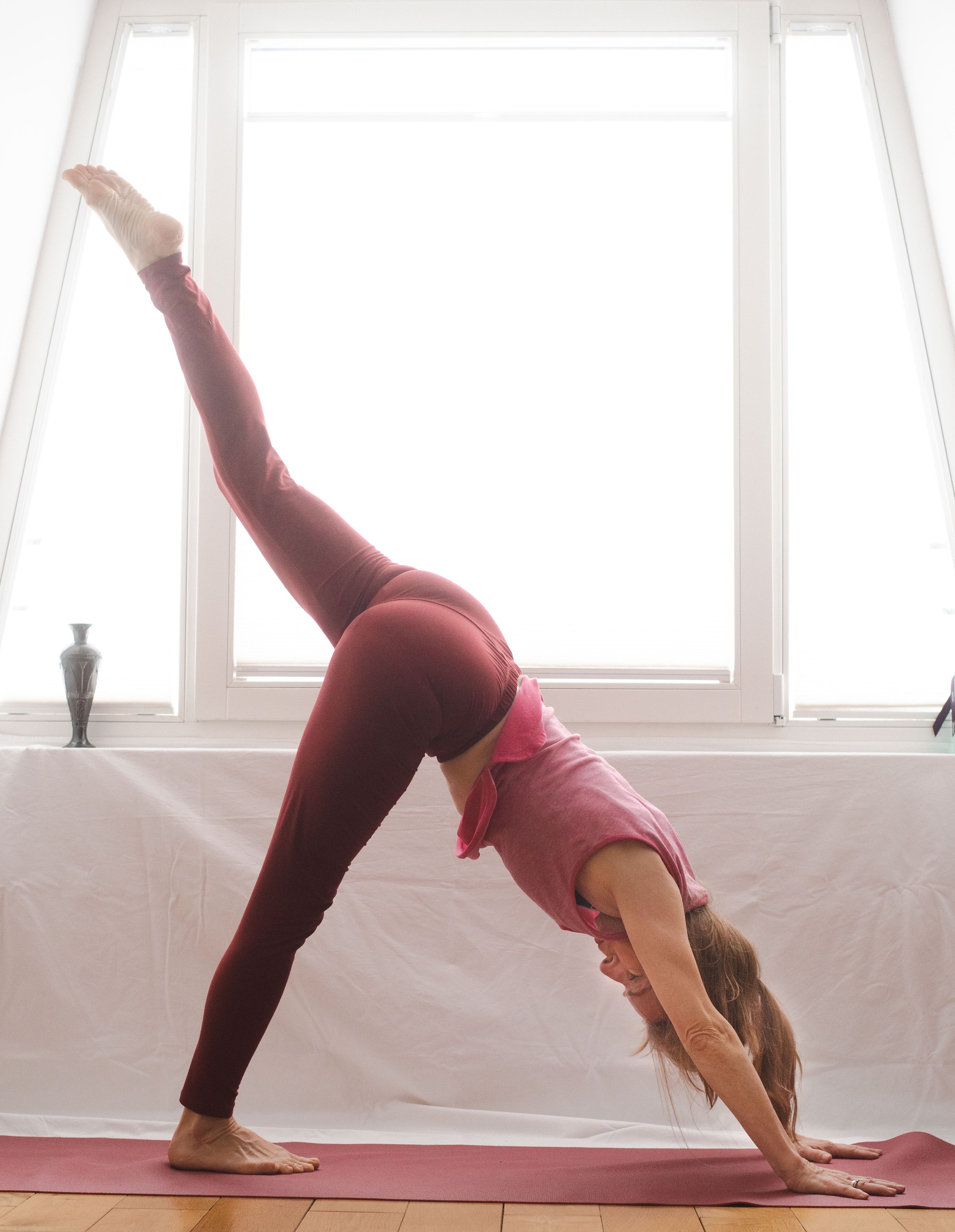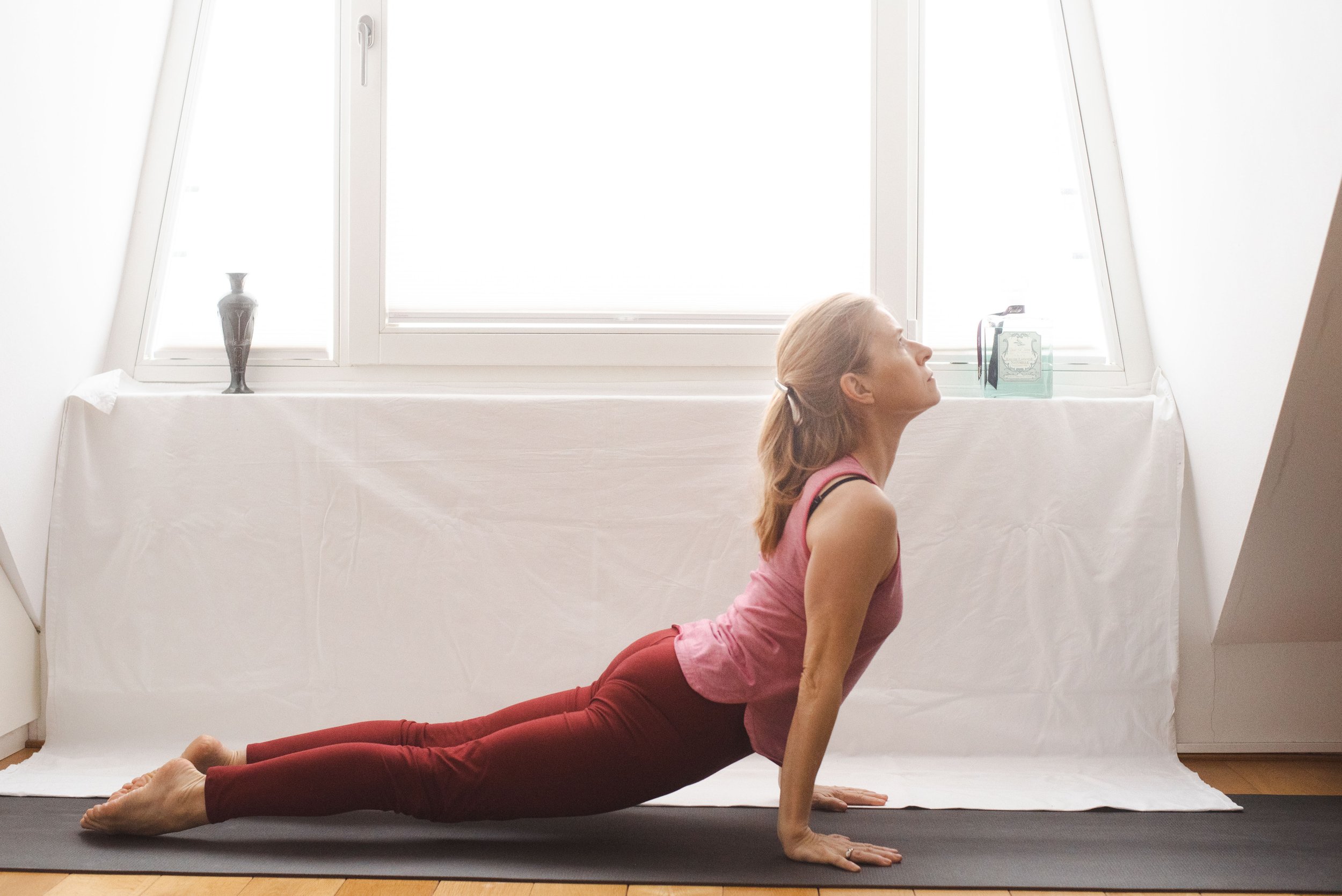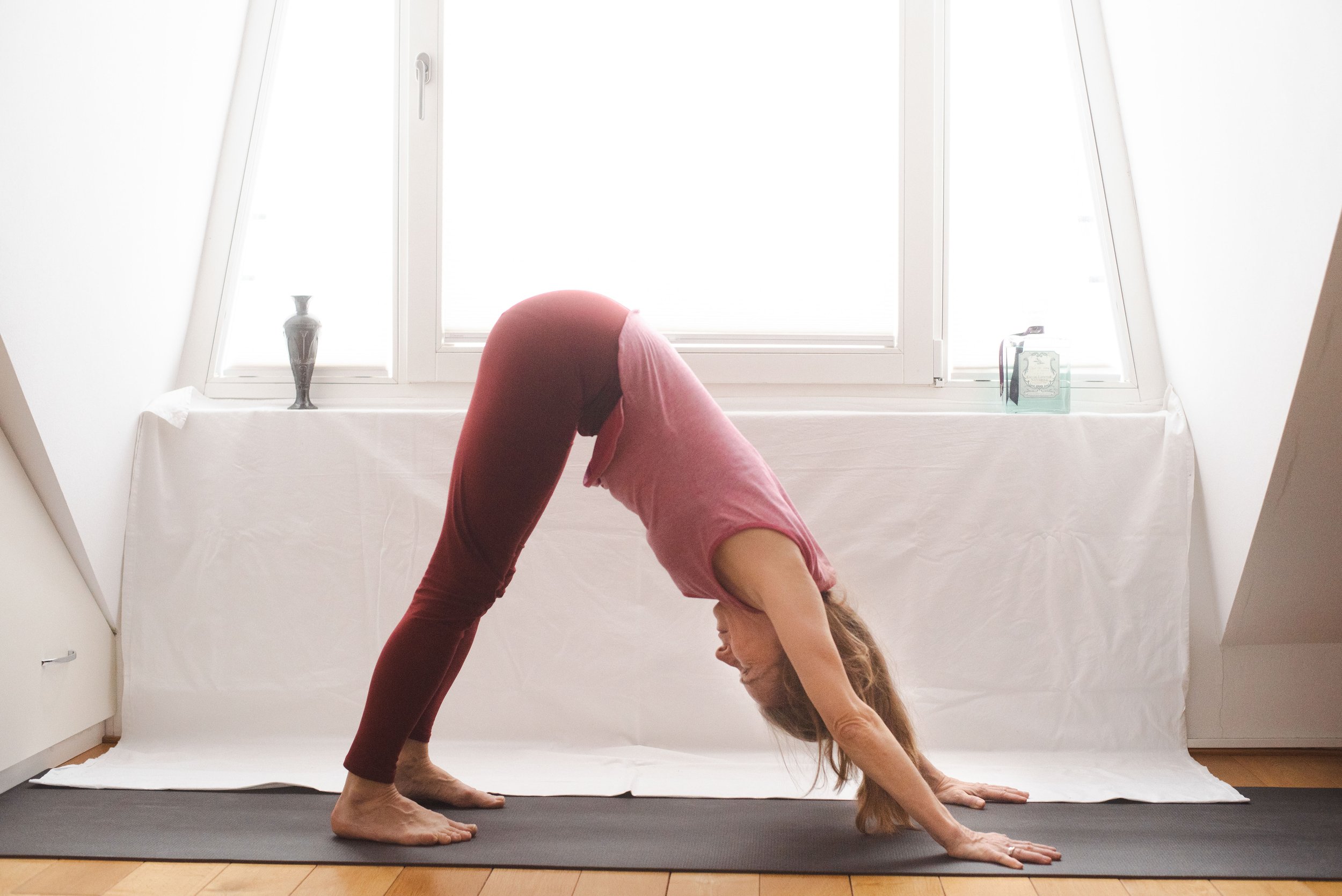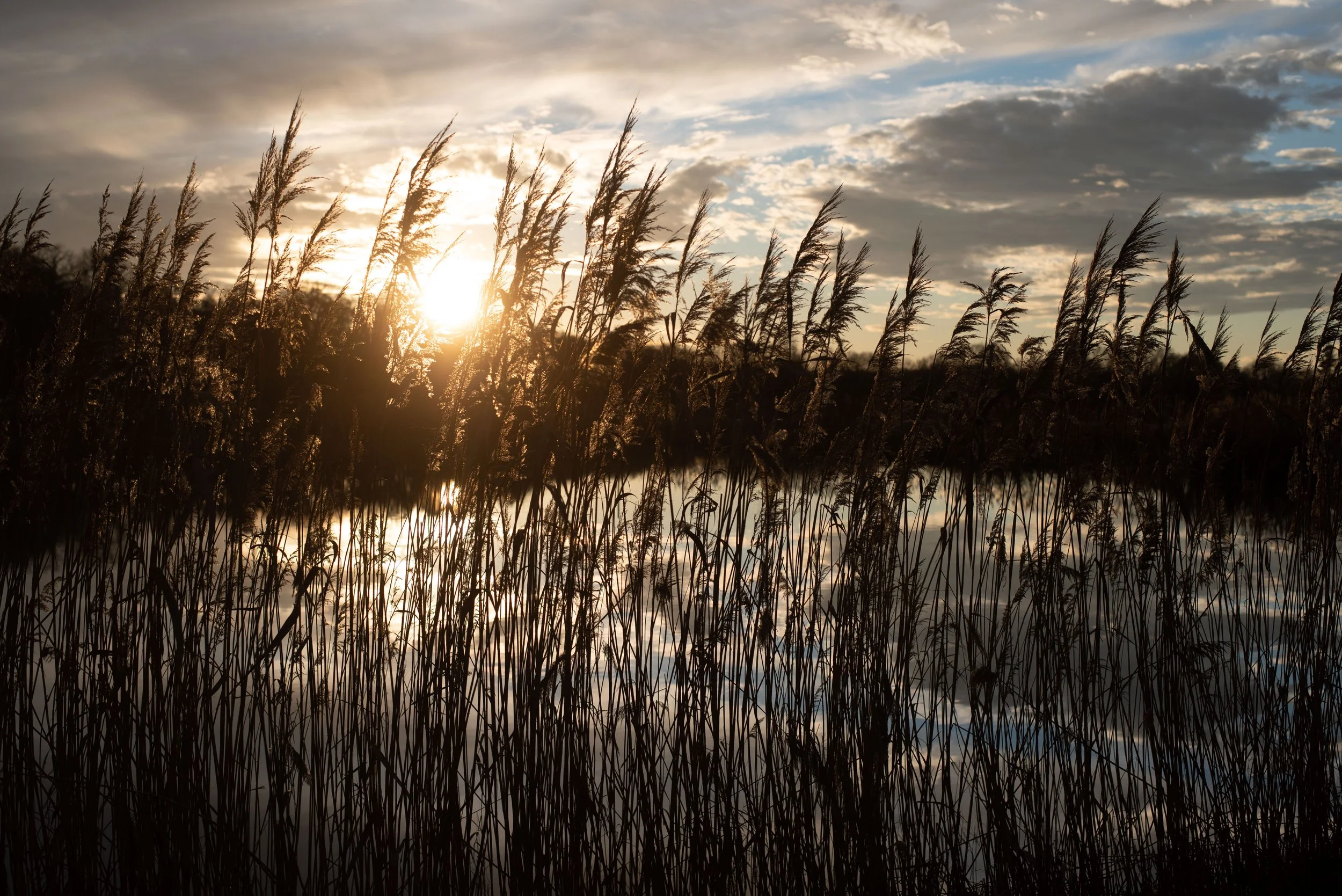In my Facebook stream and also in my Intagram stream a lot of advertising appears. The offers sound very similar: Splits in only two weeks. Handstand in 10 days and so on. This sounds familiar. The finance branch has similar ads: Become a millionaire in a year…… 10 % interest on your capital….
There are examples, who seem to prove that it’s possible, but mainly it’s not. Stretching needs time. Flexible people exist. They can learn the splits very fast. All the others have to put in the work.
Once I was told that I’d master an asana in my next life. This on the other hand meant that something went wrong, too. There is no next life. Yet the asana was within my possibilities.
It’s possible to speed up the learning process. In regard of stretching it can mean:
Hold the position up to 5 minutes.
Repeat a position up to three times.
Breathe and relax. Only a relaxed body stretches.
Increase the pain tolerance.
Exercise minimum once, better twice a day.
Apply effective stretching techniques.
Learn about anatomy to stretch correctly.
Avoid injuries.
Document your practice. It helps to stay motivated.
Find buddies.
All these points can accelerate the learning process. There are surely more tips to increase the learning process.
I know asanas, like the headstand that can be learned within half an hour.
Yet, when stretching and strength is involved, it usually takes more time, sometimes months or years (but not a lifetime).
The learning process can be an opportunity to get to know oneself. It tells how a person approaches a challenge.
Another tip to speed up the learning process is to search discomfort. I know which exercises I avoid. They seem too hard. They bring discomfort. Yet they are the key to get better. A good approach is to find the next tiny step and to increase the challenge and discomfort slowly.
Bakasana:
The discomfort one can face is the fear to fall forward when the arms are stretched. So learn to fall forward. Put a cushion in front of you and fall on the top of your head.
In order to straighten the arms the shoulders should be rounded. Bakasana requires core strength. To work on core strength is something that is hard. Yet this is what makes the difference. It’s something that I avoid, but try now to implement in my daily practice.
Know what you avoid and do it.
if you like, your comments on what exercises you avoid and what you’re going to exercise from now on are welcomed.
Two more practices this week. I’m looking forward to it.

























